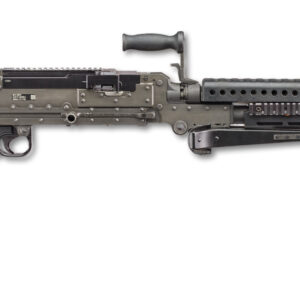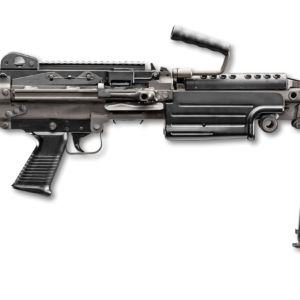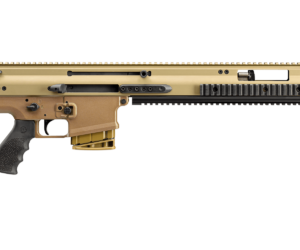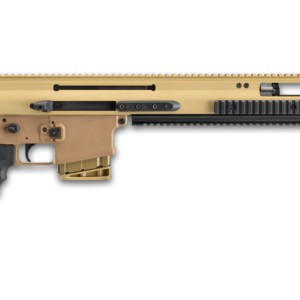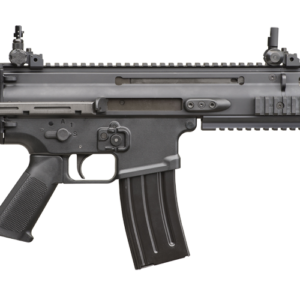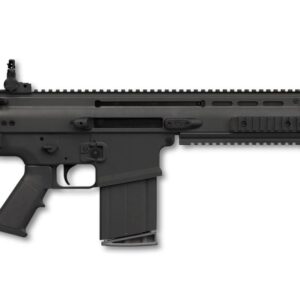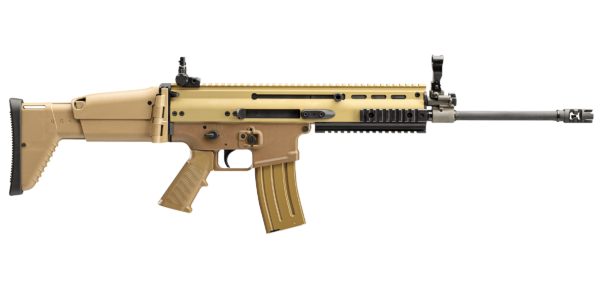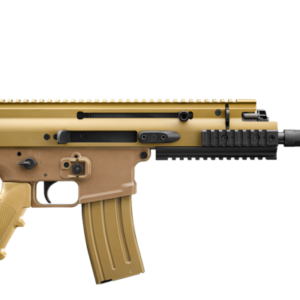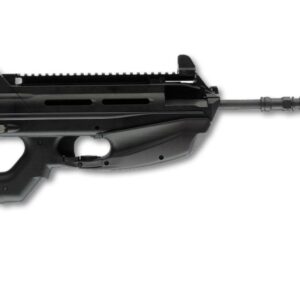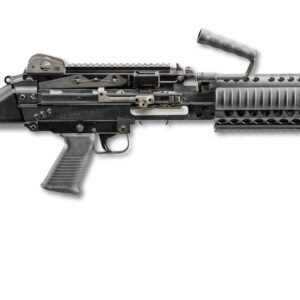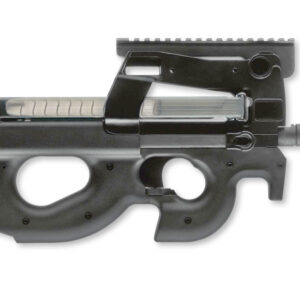The 45 colt vs 45 acp cartridges are iconic symbols in the firearms arena, each boasting a rich history and loyal following among enthusiasts.
As two of the most revered firearm cartridges, they have earned their place in the annals of firearms lore and continue to captivate shooters with their distinctive features and performance.
In this 45acp vs 45 long colt article, we delve into the ultimate showdown between the.45 Colt and the.45 ACP, pitting these legendary cartridges against each other to determine which reigns supreme in the handgun arena.
From their origins to their ballistic profiles, from their recoil characteristics to their practical applications, we aim to unravel the nuances that distinguish these cartridges and inform shooters’ decisions.
History and Development
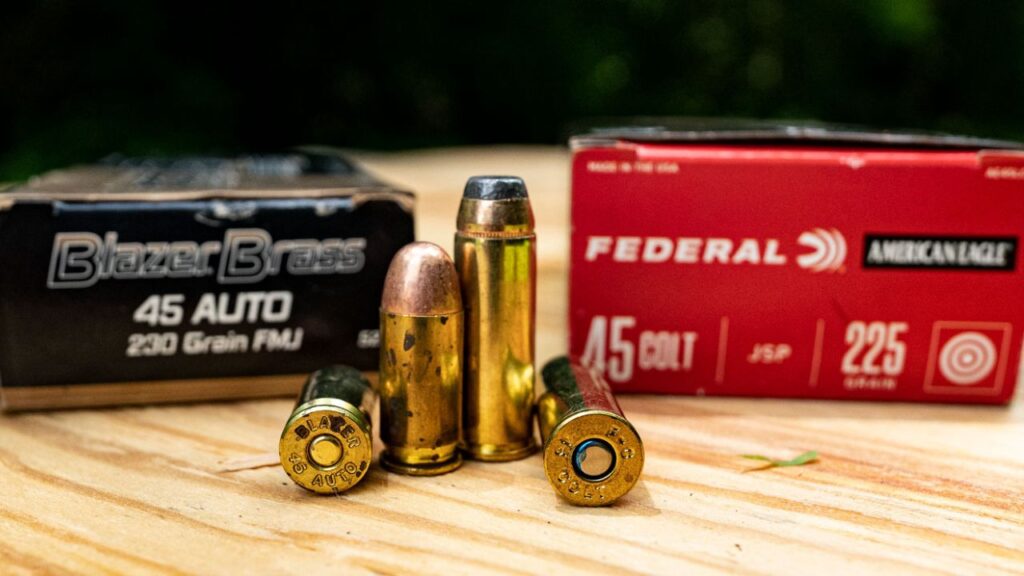
The history of the .45 Colt and .45 ACP cartridges is filled with innovation, necessity, and the evolution of firearms technology. Both cartridges emerged during crucial periods in firearm design, catering to shooters’ different needs and preferences.
The.45 Colt, also known as the.45 Long Colt was introduced in 1872 as a service cartridge for the iconic Colt Single Action Army revolver in the late 19th century.
Originally developed for military use, the.45 Colt quickly gained popularity among civilians and law enforcement officers alike, earning a reputation for its stopping power and reliability in the frontier days of the American West.
In contrast, the45 acp vs 45 colt (Colt Automatic Pistol) emerged in the early 20th century to meet the demands of modern semi-automatic pistols.
John Browning designed them in 1904.45 ACP was designed specifically for the innovative Colt Model 1911 pistol, which would become one of the most famous firearms in history.
The 45 ACP was assumed to be the standard sidearm for the United States Armed Forces during World War I and remained in service for decades, cementing its status as a timeless classic.
Throughout their 338 Mag vs 300 Mag development, both cartridges underwent refinements and adaptations to accommodate evolving firearm technologies and user requirements.
Ballistics and performance
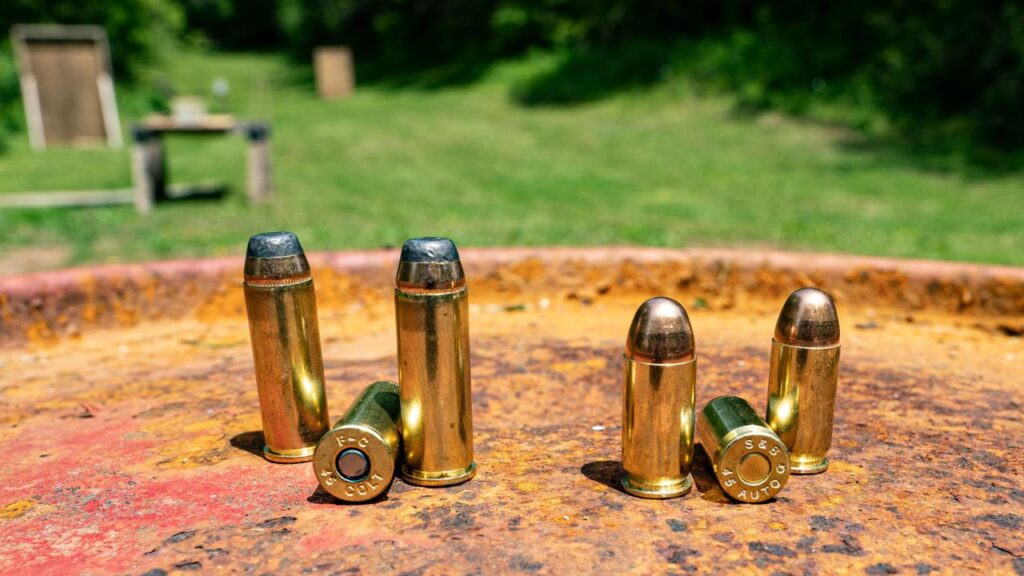
Understanding the ballistics and performance characteristics of the .45 Colt and .45 ACP cartridges is crucial for discerning shooters looking to make informed decisions about their firearms and ammunition options.
They are starting with the.45 Colt, this venerable cartridge generally features a larger case capacity compared to the.45 ACP, allowing for heavier bullet weights and higher muzzle energies.
Common bullet weights for the.45 Colt ranges from 200 to 250 grains, with muzzle velocities averaging between 700 and 900 feet per second (fps), depending on loading and barrel length.
The 45 Colt’s performance particularly shines in revolvers and lever-action rifles, where its solid power delivery and versatile bullet selection make it a formidable choice for hunting and self-defense applications.
Standard.45 ACP loads typically use bullet weights ranging from 185 to 230 grains, with muzzle velocities ranging from 800 to 950 fps.
Meanwhile, the 45 ACP may exhibit slightly lower muzzle energies compared to the.45 Colt, its manageable recoil and wide availability make it a favorite among shooters, law enforcement personnel, and carry practitioners. hidden
While the 45 Colt excels at providing pure stopping power and deep penetration, the.45 ACP offers a balance between controllability and effectiveness, making it well-suited for a variety of shooting disciplines and scenarios.
Ultimately, the choice between the .45 Colt and the .45 ACP depends on individual preferences, intended applications, and firearm compatibility.
Whether you prioritize pure stopping power or prefer more manageable recoil, both cartridges offer distinct benefits and performance characteristics that meet the diverse needs of shooters around the world.
Firearm Compatibility
.45 Colt:
- Compatible with iconic firearms like the Colt Single Action Army Revolver, a symbol of American firearms heritage.
- It is backed by modern revolver models from manufacturers such as Ruger, Smith & Wesson, and Taurus.
- Found in lever-action rifles like the Henry Big Boy and Rossi R92, it offers versatility and historic charm.
.45 ACP:
- Glock 41 Gen4 is primarily associated with semi-automatic pistols, particularly the Colt Model 1911, a legendary firearm in firearms history.
- It is backed by a wide range of modern semi-automatic pistols from manufacturers such as Glock, Smith & Wesson, Sig Sauer, and Springfield Armory.
- Some firearms offer dual-caliber compatibility, allowing shooters to switch between .45 Colt and .45 ACP cartridges with ease, improving versatility and functionality.
Recoil and handling
Recoil:
- .45 Colt: Typically produces moderate to strong recoil, especially in lighter firearms or those with shorter barrels.
- .45 ACP: This cartridge is known for its relatively mild recoil compared to the.45 Colt, making it more manageable for shooters of various levels.
Muzzle elevation:
- 45 Colt: This can cause a noticeable increase in the muzzle due to its powerful power and energy.
- 45 ACP: exhibits less muzzle movement and rearward force, allowing for better control and accuracy during rapid firing sequences.
Grip and posture:
- .45 Colt: Requires shooters to maintain a firm grip and proper stance to mitigate recoil and maintain accuracy.
- .45 ACP: Offers shooters greater comfort and control, allowing for easier handling and follow-up shots.
Firearms Design:
- .45 Colt : This cartridge is typically found in revolvers and lever-action rifles, requiring shooters to adapt to their unique handling characteristics.
- .45 ACP: Primarily used in semi-automatic pistols, it features ergonomic designs and grip textures optimized for recoil management and management.
Training and Technique:
Both cartridges require shooters to develop proper shooting techniques and muscle memory to effectively manage recoil and maintain accuracy.
Regular practice and training sessions can help shooters improve their handling skills and proficiency with firearms chambered in .45 Colt and .45 ACP.
In summary, while the .45 Colt and .45 ACP cartridges have different recoil and handling characteristics, shooters can adapt their techniques and firearms options to optimize their shooting experience and performance.
Whether mastering the great power of the .45 Colt or enjoying the comfortable handling of the .45 ACP, shooters can find satisfaction and competence in mastering the nuances of recoil and handling of their chosen caliber.
Availability And Cost
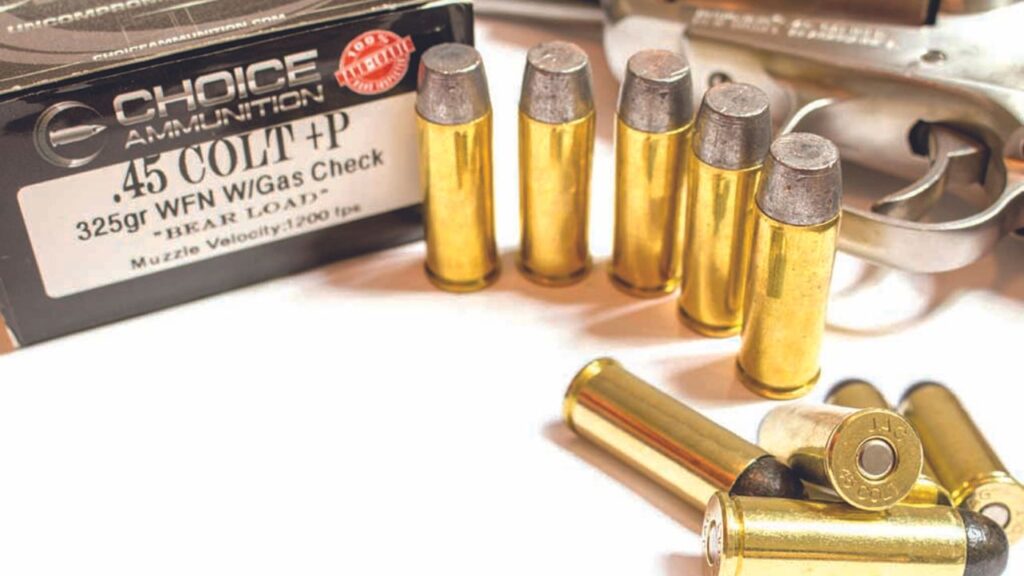
The availability and cost of ammunition play an important role in the practicality and affordability of shooting sports and self-defense practices.
Understanding the availability and cost dynamics of .45 Colt and .45 ACP cartridges is essential for shooters to effectively budget and ensure a consistent supply of ammunition for their firearms.
In terms of availability, .45 ACP ammunition enjoys wide distribution and is easily found in most firearms stores, online retailers, and sporting goods shops.
270 vs 30-06 vs 308 popularity among law enforcement, military personnel, and civilian shooters contributes to its continued availability and accessibility.
Additionally, the .45 ACP’s long presence in the firearms market has led to a diverse selection of bullet weights, configurations, and brands, offering shooters a range of choices to suit their shooting choices and needs.
On the other hand, .45 Colt ammunition may be slightly less common compared to .45 ACP, particularly in regions where revolver cartridges are less common or where the demand for traditional cowboy-style shooting is lower.
However, .45 Colt ammunition is still widely stocked in specialty firearms stores, online sellers, and ammunition manufacturers that cater to enthusiasts of historical firearms, cowboy action shooting, and shooting applications.
Hunt. While the availability of .45 Colt ammunition may vary depending on location and market demand, shooters can generally find a sufficient supply to meet their shooting needs.
Cost-wise, .45 ACP ammunition tends to be more affordable compared to .45 Colt ammunition due to factors such as production volume, material costs, and market demand.
Ultimately, shooters should consider factors such as budget, rate of fire, and intended applications when evaluating the availability and cost of .45 Colt and .45 ACP ammunition.
Use Cases And Applications
Understanding the various use cases and applications of the .45 Colt and .45 ACP cartridges is essential for shooters to select the most appropriate ammunition for their specific needs, preferences, and shooting scenarios.
From self-defense to target shooting, from hunting to competition, 338 RUM vs 338 Lapua both cartridges offer unique advantages and performance characteristics tailored to various shooting disciplines.
For self-defense purposes, both the .45 Colt and .45 ACP cartridges are highly prized for their stopping power, penetration, and effectiveness against assailants.
The formidable energy and terminal ballistics of these cartridges make them popular choices among people seeking powerful, reliable ammunition for personal protection.
Whether carried in a concealed carry pistol or kept as a home defense firearm, shooters can rely on the stopping power and reliability of the .45 Colt and .45 ACP cartridges to defend against threats and ensure their safety. in high-risk situations.
In target shooting and competition, the accuracy and controllability of .45 ACP ammunition shine, particularly in the realm of practical shooting sports such as the IPSC (International Practical Shooting Confederation) and USPSA (American Practical Shooting Association). the United States).
Shooters prefer .45 ACP pistols for their smooth recoil, manageable muzzle movement, and inherent accuracy, allowing them to achieve quick, accurate shots on target.
Additionally, 45 lc vs 45 acp pistols are commonly used in target shooting competitions, where shooters look for accuracy and consistency to obtain a high score on the target.
For hunting applications, the .45 Colt cartridge stands out as a versatile and powerful option for taking down games at close to moderate ranges.
In addition to these primary applications, the .45 Colt and .45 ACP cartridges find use in recreational shooting, firearms collecting, and historical reenactments, reflecting their enduring popularity and cultural significance in the firearms community.
Recharging Considerations
Reloading ammunition is a rewarding and profitable practice that allows shooters to customize their cartridges to suit their specific preferences, shooting styles, and firearms platforms.
When considering reloading .45 Colt and .45 ACP cartridges, shooters must take into account several factors and considerations that affect the reloading process and the overall performance of the reloaded ammunition.
Brass Availability: Both the .45 Colt and .45 ACP cartridges use brass casings, which can be collected, cleaned, and reused for reloading.
While .45 ACP brass is generally more abundant due to its widespread use in semi-automatic pistols, shooters may need to obtain .45 Colt brass from specialty suppliers or collect spent cases from shooting ranges.
Case Preparation: Proper case preparation is essential to ensure consistent and reliable performance of reloaded ammunition.
Shooters should inspect brass cases for signs of damage, deformities, or excessive wear and use case trimming tools to trim cases to the proper length for reliable chambering and extraction.
Bullet Selection: Reloading offers shooters the flexibility to experiment with a wide range of bullet weights, styles and configurations to achieve desired performance characteristics.
Whether using jacketed, lead, or silver bullets, shooters should select projectiles that are compatible with their firearm’s barrel twist rate and intended shooting application.
Powder Options: Selecting the proper powder type and charge weight is critical to achieving the desired velocity, pressure, and accuracy in reloaded ammunition.
Shooters should consult reloading manuals and loading data to identify appropriate powder options and recommended loading weights for the 45 acp vs 45 long colt cartridges.
Primer Selection: Choosing the correct type and brand of primer is crucial to achieving reliable ignition and consistent performance in reloaded ammunition.
Shooters should use primers that are compatible with their chosen powder and cartridge specifications and adhere to recommended seating depths and primer placement techniques to ensure proper performance.
Reloading Equipment: Investing in quality reloading equipment, such as reloading presses, dies, scales and box cutters, is essential to achieving consistent and accurate reloads.
Shooters should also wear safety equipment, such as eye and ear protection when operating reloading equipment to minimize the risk of injury.
Load Development and Testing: Once reloads are assembled, shooters must perform extensive load development and testing to evaluate accuracy, reliability and safety.
Starting with conservative powder loads and gradually working up to maximum loads, shooters can identify optimal component combinations and adjust their reloads for maximum performance.
Conclusion
In the ultimate showdown between the .45 Colt and .45 ACP cartridges, shooters are presented with two iconic options, each with its rich history, distinctive features, and loyal following.
Throughout this exploration, we have delved into historical origins, ballistic performance, firearms compatibility, recoil and handling, availability and cost, use cases and applications, and reloading considerations of both cartridges.
From the rugged frontier days of the Wild West to the battlefields of World War I and beyond, the .45 Colt and .45 ACP cartridges have left an indelible mark on the firearms landscape, embodying the essence of power, reliability and versatility.
Whether looking for a hard-hitting revolver bullet for hunting and personal defense or a smooth-firing semi-automatic cartridge for competition and target shooting, shooters can find a formidable ally in the .45 Colt or .45 ACP.
As shooters navigate the diverse range of firearms and ammunition options available, it is essential to consider individual preferences, shooting objectives, and practical requirements when selecting between .45 Colt and .45 ACP cartridges. Whether drawn to the historic charm of the Colt Single Action Army revolver or the modern reliability of the Colt 1911 pistol, shooters can find a reliable companion in the firearm and ammunition combination they choose.
Both cartridges offer unique advantages and performance characteristics that meet the various needs and tastes of shooters around the world, ensuring that the legacy of colt 45 vs 45 acp firearms continues to thrive in the ever-evolving landscape of technology and firearms innovation.
So whether you’re drawn to the thunderous roar of the .45 Colt or the timeless elegance of the .45 ACP, embrace the spirit of adventure, exploration and marksmanship as you embark on your journey into the world of firearms.
FAQ
Is a 45 Colt More Powerful Than a 45 ACP?
As in the other ballistic categories, the 45 ACP has a slight advantage over the 45 LC in terms of velocity and penetration. Comparing the same Hornady 185 gr FTX Critical Defense loads mentioned above, the 45 ACP has a muzzle velocity of 1000 fps, which reached 920 fps for the 45 Colt.
Can I Use 45 ACP Rounds in 45 Colt?
45 ACP will go down the caliber. 45 Long Colt, but only with a bit of a slope. The 45 long has 14,500 pounds of pressure, and the ACP round has 21,000.


